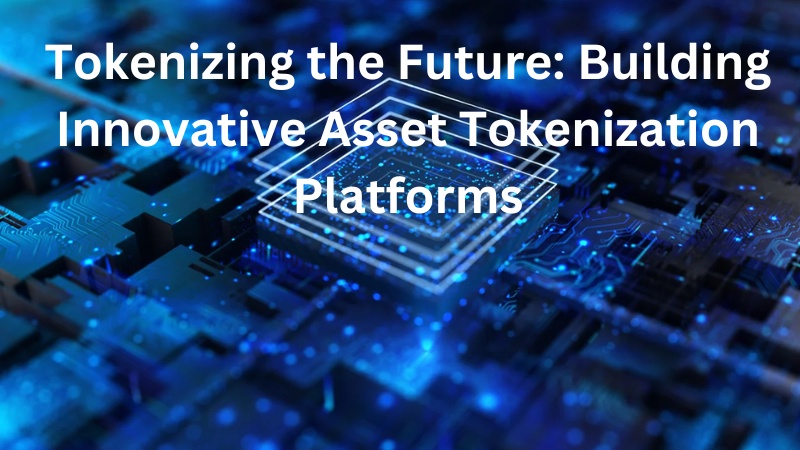In the rapidly evolving landscape of finance and technology, the concept of asset tokenization has emerged as a transformative force, redefining traditional investment avenues and opening doors to new opportunities. This groundbreaking approach involves converting real-world assets, ranging from real estate properties to artwork, into digital tokens on blockchain platforms. The process not only enhances liquidity and accessibility but also introduces unprecedented efficiency, transparency, and democratization to the world of investments. This article delves into the realm of Asset tokenization platform development, exploring its potential, benefits, challenges, and the role of innovative platforms in shaping the future of finance.
The Power of Asset Tokenization:
Asset tokenization is driven by the principle of creating digital representations of real-world assets, allowing investors to own fractions of valuable properties or commodities. This fractional ownership paves the way for previously inaccessible markets, enabling a broader spectrum of investors to participate. Tokenization eliminates the geographical constraints, reduces barriers to entry, and enhances liquidity, transforming illiquid assets into tradable digital tokens that can be easily bought, sold, and exchanged on blockchain-based platforms.
Benefits of Asset Tokenization:
- Liquidity Enhancement: Tokenization unlocks liquidity from traditionally illiquid assets, enabling fractional ownership and facilitating trading 24/7 across borders.
- Accessibility: Smaller investors gain access to high-value assets that were once reserved for wealthy individuals and institutions.
- Transparency and Security: The blockchain's immutable ledger ensures transparency and security, reducing fraud and improving accountability.
- Cost Efficiency: Tokenization eliminates intermediaries, reducing administrative costs associated with traditional asset ownership.
- Global Reach: Borderless trading opens opportunities for international investors, increasing market efficiency and diversity.
Challenges and Considerations:
While asset tokenization offers numerous benefits, it's not without challenges. Regulatory compliance, standardization of tokenized assets, investor education, and cybersecurity remain crucial areas to address. Each jurisdiction has its own regulatory framework, necessitating careful navigation to ensure compliance. Establishing transparent valuation mechanisms and maintaining investor trust are essential, as is educating investors about the intricacies of tokenized assets and blockchain technology.
Innovative Asset Tokenization Platforms:
-
Real Estate Tokenization: Real estate, a historically illiquid market, has witnessed a surge in tokenization. Platforms like Harbor and RealT enable fractional ownership of properties, unlocking real estate investment opportunities for a wider audience.
-
Art and Collectibles: Maecenas and CurioInvest allow investors to own fractional shares of artwork and collectibles. Tokenization democratizes art investment and fosters a broader art investment ecosystem.
-
Venture Capital and Startups: Startups can tokenize their equity, allowing early-stage investors to trade their shares on secondary markets. This concept is championed by platforms like TokenSoft and Securitize.
-
Commodities and Precious Metals: Platforms like Paxos Gold and Digix enable investors to own tokenized gold and other precious metals, offering exposure to traditional safe-haven assets in a digital format.
The Road Ahead:
As the financial industry undergoes a profound transformation, asset tokenization is poised to revolutionize how investments are perceived and accessed. The convergence of blockchain technology, regulatory advancements, and investor demand is propelling this innovative concept forward. However, challenges persist, and successful adoption requires collaboration among technology providers, regulators, investors, and traditional financial institutions.
Conclusion:
The rise of asset tokenization ushers in a new era of financial inclusivity, accessibility, and efficiency. By leveraging blockchain's capabilities to tokenize real-world assets, we pave the way for democratized investments, global market access, and increased liquidity. As innovative platforms continue to push boundaries, asset tokenization is set to reshape the future of finance, empowering individuals and institutions alike to embrace a new paradigm of wealth creation and ownership. With careful regulation, robust cybersecurity measures, and continued education, we embark on a journey where assets are digitized, traded, and owned like never before, heralding a transformational shift in the financial landscape.


No comments yet